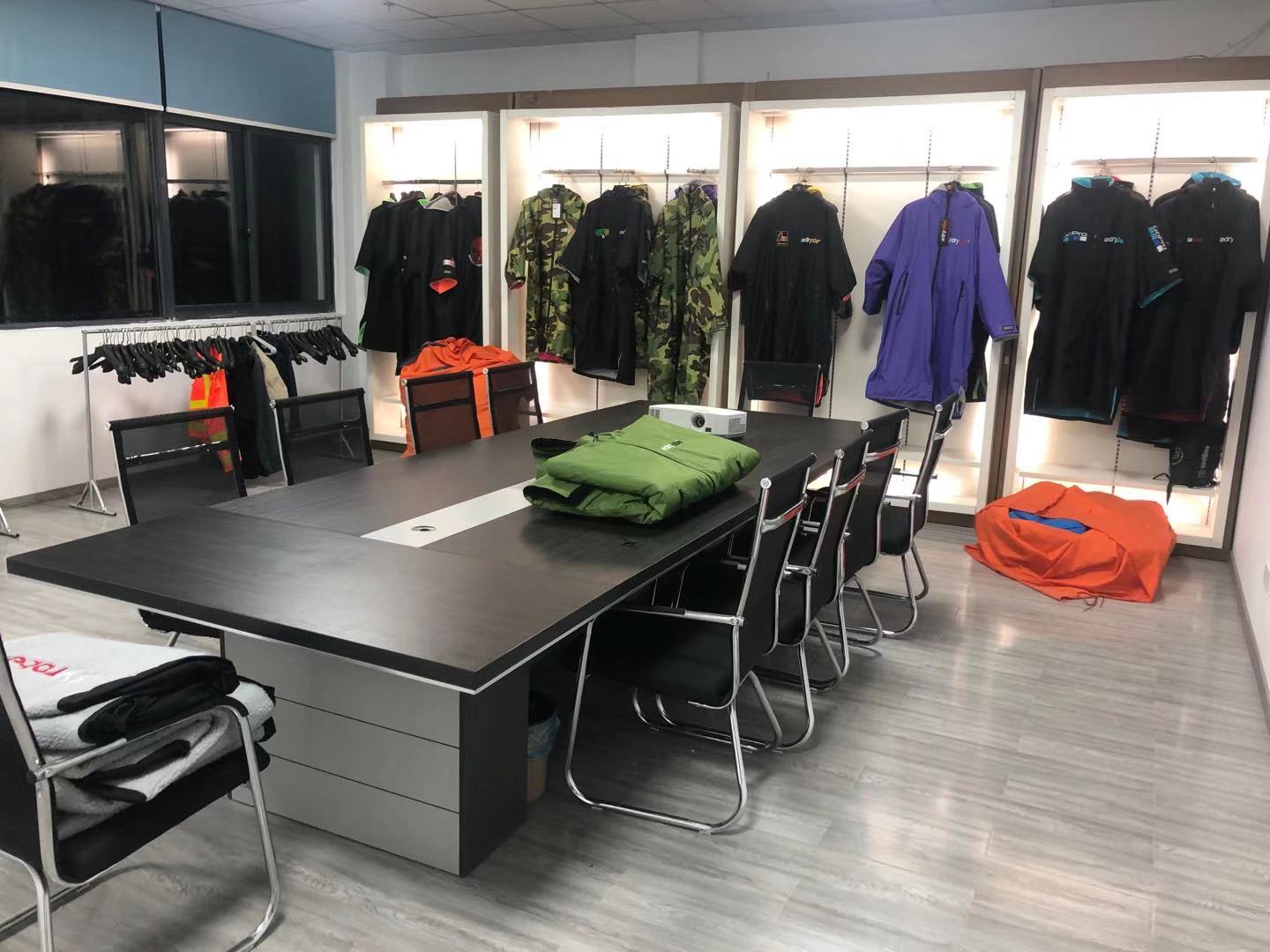Ginkgo biloba, commonly known as the ginkgo tree or Gongsun tree, is a deciduous species belonging to the family Ginkgoaceae. It thrives in sunny, warm, and humid climates, is cold-resistant, and prefers well-drained, loose, and fertile sandy soil. In 2001, Shanghai Hengda Garden Development Co., Ltd. transplanted a total of 523 large ginkgo trees with trunk diameters exceeding 30 cm and heights over 12 meters. However, after transplanting, the trees faced significant challenges.
From late March to April 2001, the trees began to show signs of stress, with leaves gradually appearing. By the end of May to early June, more than half of the leaves shrank to less than 1 cm in size before falling off, indicating severe growth decline and survival issues. By mid-June, the situation worsened rapidly. The trees were attacked by leaf-eating pests such as leaf roller moths and leaf blight, which further weakened their health and affected other nearby tree species.
After thorough investigation, including observation, dissection, verification, and research, it was determined that the root cause was improper handling during transplantation. Some trees had roots cut too short, soil wasn’t properly compacted, the root balls were too small, and the planting depth was incorrect. Poor technical guidance and lack of supervision also contributed to the problem.
To address the issue, several measures were taken. First, pruning was performed to reduce water and nutrient consumption while stimulating tree vigor. Second, insecticides like dichlorvos emulsifiable concentrate (80%) and kerukole EC (40%) were applied three times to control leaf roller moths. Third, fungicides such as 50% carbendazim WP diluted at 800 times were used to manage ginkgo leaf blight, applied in three consecutive treatments. Fourth, the base of the tree was aerated and covered with soil to help retain moisture and nutrients, ensuring proper root development. Fifth, foliar sprays containing ABT rooting powder and nutrient solutions (50 ppm ABT3 + 200 ppm KHâ‚‚POâ‚„) were used to stimulate recovery. Sixth, urea fertilizer was applied during rainy periods to boost nutrition. Finally, critically ill trees received deep injections of ABT3 (200 ppm) and KHâ‚‚POâ‚„ (1000 ppm), leading to rapid recovery within two weeks.
Through these targeted interventions and careful management, the ginkgo trees gradually regained vitality. After two months of effort, most trees showed significant improvement, demonstrating resilience against environmental stresses like high temperature and drought. The survival rate of Ginkgo biloba is now expected to exceed 98%.
In addition to these issues, sapling rot is a common disease affecting young ginkgo plants, especially during the rainy season when soil temperatures are high. It causes stem burns and bacterial infections through wounds. Areas with poor drainage and standing water are particularly prone to this disease. Symptoms include brown lesions at the base of the seedlings, followed by phloem decay and eventual death.
Control methods focus on prevention. Providing shade during summer or using grass cover can help lower soil temperature. Diseased seedlings should be removed promptly, and bactericides like carbendazim, Bordeaux mixture, or ferrous sulfate can be sprayed for effective control.
Other common pests include green beetles, long-horned beetles, and tussahs, which require regular monitoring and timely intervention to prevent damage.
China good supplier for Waterproof Change Robe, beach surf robe, swimming Change Robe, Paddle change robe, hi vis safety jacket, Reflective Safety Jacket, rainy coat, safety work wear pants and etc.
| Product Name | Waterproof Surf Poncho long sleeve dry robe warm outdoor sport robes |
| Size | One size or customized |
| Color | Black, Grey, Blue, Red and etc and customized |
| Fabric | Recycled nylon and polyester |
| Sample | Available ( about 5-7 days) |
| Logo | Customized logo accepted |


Sports Change Robe,High Quality Sports Change Robe,Waterproof Dry Change Robe,Surfing Robe
Suzhou Golden Gamrnet MFG Co.,Ltd , https://www.svchangerobe.com